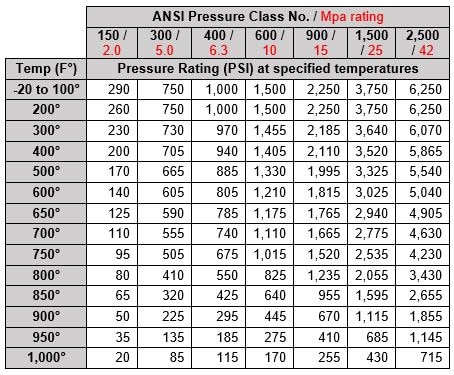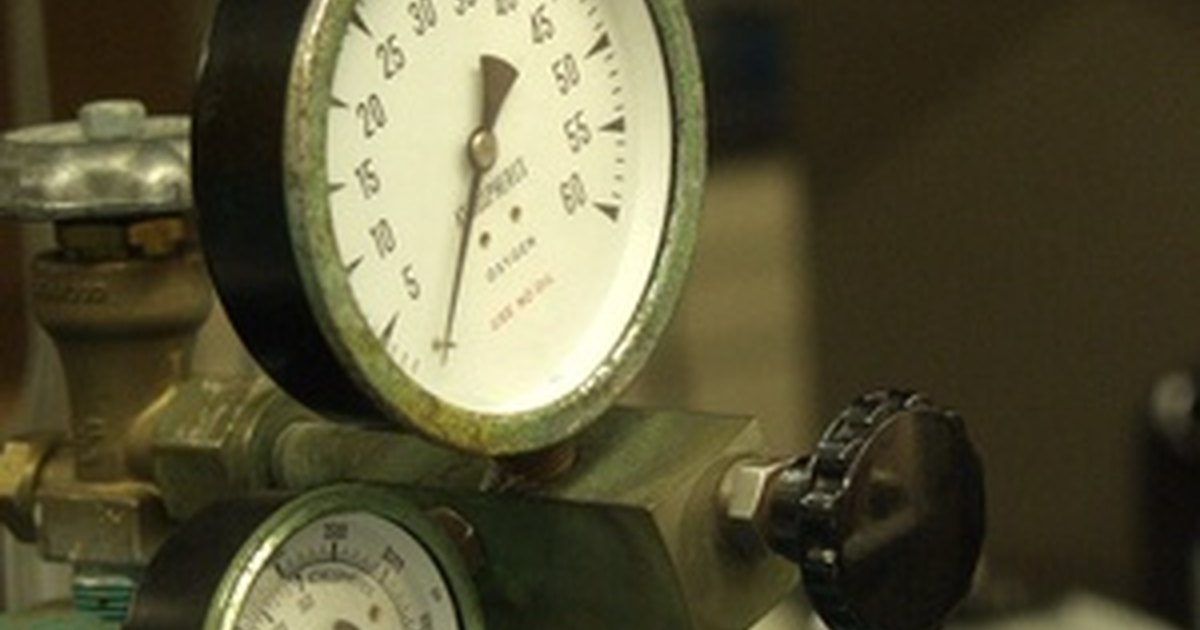
The average atmospheric pressure on Earth is 101.325 KPA. For example, a car engine that is designed to run at 200 KPA has 200 kilopascals of force pushing on each square inch of the engine. Many car engines are designed to run at a certain pressure, which is usually expressed in terms of KPA. 1 Kilopascal is equivalent to 0.145038 PSI.Īnother common use for KPA is in car engines. For this reason, Kilopascals are used to measure tire pressure. Pascals are a smaller unit than both PSI and BAR and mainly used in low pressure environments. KPA is used to calculate the atmospheric pressure. When it comes to measuring tire pressure, always make sure to check your vehicle handbook for the correct unit of measurement. I n Europe, however, BAR is a more common unit of measurement for tire pressure. BAR is a metric unit of pressure and is not commonly used in the United States. While PSI is the most common unit of pressure measurement when it comes to tire pressure, BAR is also used. This information can also normally be found on a sticker placed on the inside of the passenger door. When filling up your tires, always make sure to refer to your vehicle hand book to check to what pressure you should be filling your tires. For example, a car tire that is inflated to 30 PSI has 30 pounds of force pushing on each square inch of the tire. The average car tire is inflated to about 30 PSI. One common use for PSI is to measure the pressure in tires. PSI stands for Pounds per Square Inch and is a unit of pressure. The metric system uses units such as meters, centimeters and kilograms.Īs you can see, the two different systems of measurement are quite different. The metric system, on the other hand, was developed by the French. The English system of measurement is a system that was developed by the British and uses units such as inches, feet and pounds. So, why are there three units of measurement? The answer lies in history and the different ways that countries have developed their own systems of measurement. KPA is a unit of pressure that is also based on the metric system. BAR is a unit of pressure that is based on the metric system. PSI is a unit of pressure that is based on the English system of measurement. So, what’s the difference? Keep reading to find out! The three units of pressure measurement: PSI, BAR and KPA.Īll three measures of pressure measure in different ways making the difference between PSI, BAR and KPA quite drastic. In this blog post, we will discuss the differences between these three units of measurement and which is more commonly used depending on where in the world you are from.

KPA stands for kilopascals and is a metric unit of pressure.

PSI stands for pounds per square inch and is a unit of pressure.īAR stands for bars and is also a unit of pressure.

If you are new to the world of pressure measurements, you may be wondering what is the difference between PSI, BAR and KPA.


 0 kommentar(er)
0 kommentar(er)
